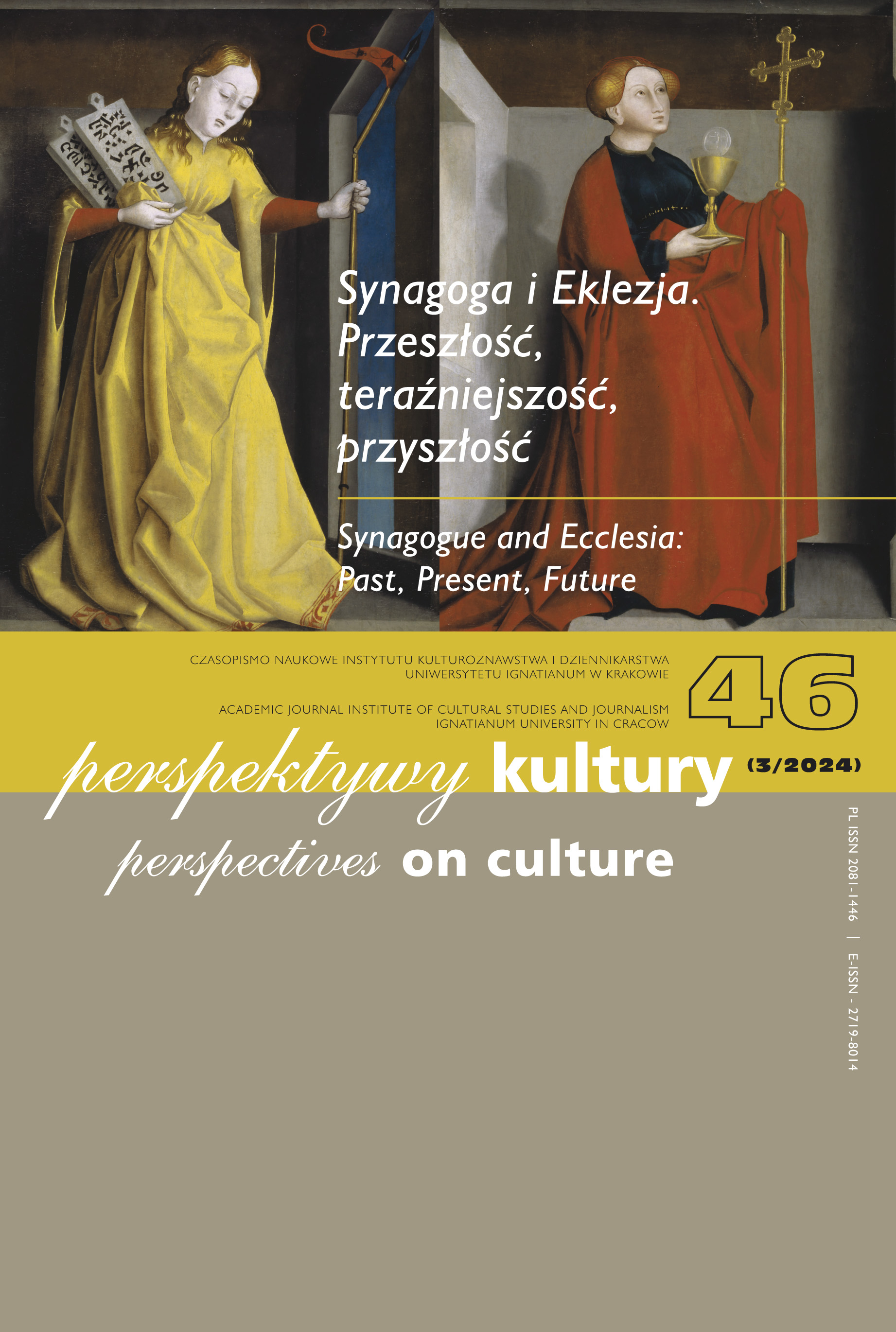THE The Casa Vidua Marfà Building
A Testimony of a Past Time
Abstract
The Escola Universitària Formatic Barcelona (EUFB) is a prestigious university institution located in the center of Barcelona in a listed historical building at Passeig de Gràcia avenue nº 66. This article investigates the origins and characteristics of the Casa Vidua Marfà, the current headquarters of the EUFB, retracing its history and that of the families who made it a reality. A period that goes from the 18th century to the beginning of the 20th century at a time when Catalan traders known as ‘Indians’ left their mark on the architecture, gastronomy and traditions of Catalonia. The analysis of Casa Vidua Marfà constitutes an exponent of that period when Catalan merchants tended to set sail when they were young and poor and go to the Americas, especially to Cuba and Puerto Rico, in search of new job opportunities. Back from their journey abroad, if successful, ‘Indians’ continued to invest in businesses and industries throughout Catalonia and, in this particular case, contributing to the urbanization process in the center of Barcelona.
References
Arxiu Municipal Contemporani (1902-2017). Plànol d’emplaçament Casa Viuda Marfà, número d’expedient Eix-8368/1902. Productor: Comissió d’Eixample.
Ayuntamiento Constitucional de Barcelona (1902-2015). Minuta original del Servei d’Edificació d’Obres Particulars, sesión ordinaria del 25 de febrero 1902. Fondo: Arxiu Municipal Contemporani.
Bassegoda, J. & Alcalà, S. (2003). El Palau Novella: projecte de restauració del safareig històric. IV Trobada d’Estudiosos del Garraf. Diputació de Barcelona.
Cabana, F. (2001). Fábricas y empresarios: los protagonistas de la revolución industrial en Cataluña. Barcelona: Diputació de Barcelona, Red de Municipios.
Cabré, T. (2004). Catalunya a Cuba: un amor que fa història. Barcelona: Edicions 62.
Costa, F. (1987). La Febre d’or a Mataró: evolució del tèxtil la segona meitat del segle XIX. Revista Sessions d’Estudis Mataronins, n. 4, pp. 103-118.
Costa, F. (1988). La revolució industrial a Mataró: etapes de la mecanització. Fulls del Museu Arxiu de Santa Maria de Mataró, n. 32, pp. 16-23.
Fontbona, F. (1983). Del Neoclassicisme a la Restauració: 1808-1888. Barcelona: Edicions 62.
García, L. (1983). Viatge a Mataró. Revista La Ilustració Catalana, n. 303, pp. 61-62.
García, M. (1990). El sector comercial en las matrículas de 1833. Revista de la Biblioteca Nacional José Martí, vol. XXXII, n. 1, pp. 65-88.
Gracia, I. (2004). Luciano García del Real, un escritor olvidado. http://www.ignaciogracianoriega.net/enh/20040823.htm
Llonch, M. (2007). Tejiendo en red: la industria del género de punto en Cataluña (1891-1936). Barcelona: Universitat de Barcelona.
Maspoch, M. (2008). Galeria d’autors: ruta del Modernisme de Barcelona. Barcelona: Ajuntament de Barcelona, Institut del Paisatge Urbà i la Qualitat de Vida.
Molet, J. (2005). L’arquitectura eclèctica a Catalunya, una història per escriure. Matèria, Revista Internacional d’Art, n. 5, pp. 45-68.
Museu Arxiu de Santa Maria (2008). Manel Coma i Font (1800-1884): breus notes biogràfiques d’un comerciant mataroní que féu les amèriques. XXV Sessió d’Estudis Mataronins, Patronat Municipal de Cultura.
Museu Arxiu de Santa Maria (2012). Apendiciformes (1917): Pequeña Gaceta del régimen local. Fulls del Museu Arxiu de Santa Maria de Mataró, n. 103, pp. 33-40.
Olsina, M. (2012). Las moradas de los americanos de Sitges: un ejemplo de arquitectura modernista en el contexto de la Cataluña de Gaudí. file:///C:/Users/Biblioteca/Downloads/99429-160167-1-PB.pdf
Permanyer, Ll. et al. (2009). Ruta Sagnier, arquitecte: Barcelona 1858-1931. Barcelona: Ajuntament de Barcelona, Institut del Paisatge Urbà i la Qualitat de Vida.
Rodrigo, M. (2007). Indians a Catalunya: capitals cubans en l’economia catalana. Barcelona: Fundació Noguera.
Copyright (c) 2024 Perspectives on Culture

This work is licensed under a Creative Commons Attribution-NoDerivatives 4.0 International License.
Autor, zgłaszając swój artykuł, wyraża zgodę na korzystanie przez Wydawnictwo Uniwersystet Ignatianum z utworu na następujących polach eksploatacji:
- utrwalania utworu w formie papierowej, a także na nośniku cyfrowym lub magnetycznym;
- zwielokrotnienia utworu dowolną techniką, bez ograniczenia ilości wydań i liczby egzemplarzy;
- rozpowszechniania utworu i jego zwielokrotnionych egzemplarzy na jakimkolwiek nośniku, w tym wprowadzenia do obrotu, sprzedaży, użyczenia, najmu;
- wprowadzenia utworu do pamięci komputera;
- rozpowszechniania utworu w sieciach informatycznych, w tym w sieci Internet;
- publicznego wykonania, wystawienia, wyświetlenia, odtworzenia oraz nadawania i reemitowania, a także publicznego udostępniania utworu w taki sposób, aby każdy mógł mieć do niego dostęp w miejscu i czasie przez siebie wybranym.
Wydawca zobowiązuje się szanować osobiste prawa autorskie do utworu.





